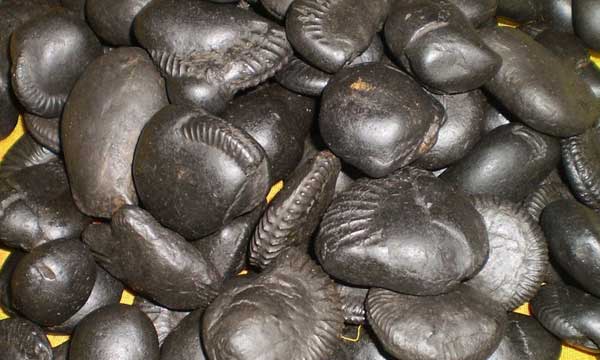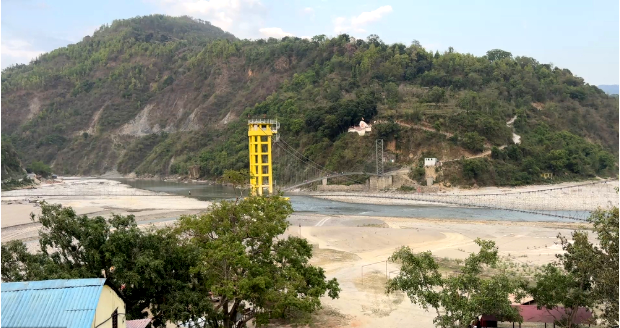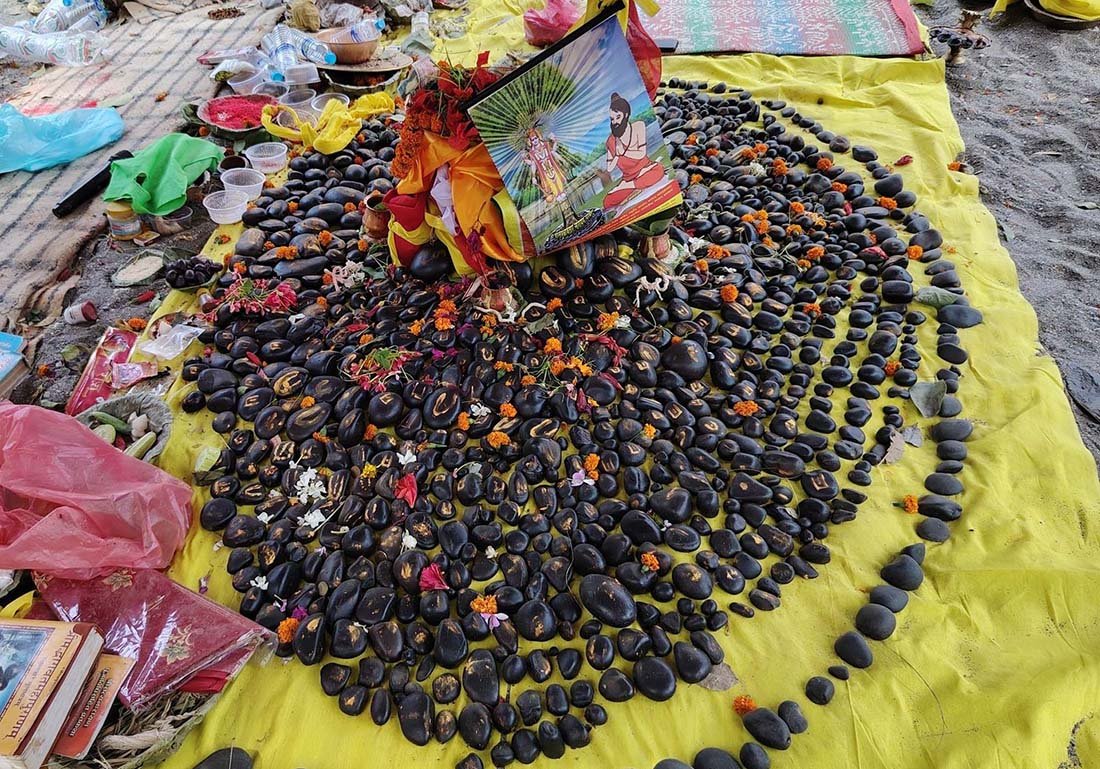For the first time, the sacred Ruru Kshetra Dham, a revered pilgrimage site located at the confluence of Palpa and Gulmi districts in western Nepal, is hosting the Shaligram Festival, a unique celebration dedicated to the spiritual and cultural significance of Shaligram stones found in the Kaligandaki River. The two-day festival commenced today at the Ridi Rishikeshav Temple, bringing together devotees, religious scholars, local governments, and tourism stakeholders to honor the sacred fossilized stones believed to be manifestations of Lord Vishnu.
Shaligram at Ruru Kshetra
The festival is a collaborative initiative jointly organized by Tansen Municipality of Palpa, Ruru Kshetra Rural Municipality of Gulmi, Kaligandaki Rural Municipality of Syangja, the Tourism Division Office of Rupandehi, and the Rishikesh Temple Management Committee. This inter-district cooperation marks a significant step towards promoting religious tourism, cultural heritage, and the spiritual economy of the region.

Speaking about the event, Parshuram Bhattarai, Chair of the Rishikesh Temple Management Committee, emphasized the multidimensional approach of the festival. “This is not only a religious gathering but also a celebration of our heritage. The Shaligram Festival integrates ritual worship, cultural programs, tourism awareness, and spiritual commerce, all centered around the ancient significance of the Kaligandaki Shaligram,” he noted.
The festival features a series of vibrant and spiritually enriching activities. Among them are religious worship, aarti ceremonies by the riverside, and the sale and distribution of 108 sacred Shaligram stones, which are believed to hold divine energy. These stones, typically black and fossilized ammonite fossils found exclusively in the Kaligandaki River, are considered sacred in Hinduism and are often kept in homes and temples for worship.

One of the major highlights of the festival is the Ratha Yatra (chariot procession) of Lord Rishikesh, a sacred parade that carries the deity through the streets, accompanied by devotional singing (bhajan kirtan), cultural performances, and traditional music. The atmosphere has been further elevated by evening aartis along the Kaligandaki, drawing hundreds of devotees to witness the spiritual ambiance under the setting sun.
The significance of the site is deeply rooted in history and legend. According to local lore, King Manimukunda Sen of the 16th century is said to have discovered an idol of Lord Rishikesh while bathing in the Kaligandaki River. He later installed the deity at what is now the Ridi Rishikeshav Temple, transforming the site into one of the holiest pilgrimage destinations in the region. Today, devotees from across the country come to bathe in the Kaligandaki, considered sacred for its association with Vishnu, and to offer prayers at the Rishikesh and Gayatri Mata temples.

With the successful launch of this festival, organizers hope to raise awareness of the religious and geological uniqueness of the Kaligandaki region while simultaneously promoting tourism and sustainable development. By introducing the Shaligram Festival as an annual event, local authorities also aim to boost domestic and international pilgrimage tourism, encouraging spiritual travelers and scholars to explore the mythology, ecology, and culture of the area.
This pioneering festival is not only a reflection of Nepal’s rich religious traditions but also an example of how cultural heritage can serve as a catalyst for economic and social transformation. As pilgrims and tourists alike gather in Ruru Kshetra, the celebration of the Shaligram becomes a celebration of identity, history, and future potential.






